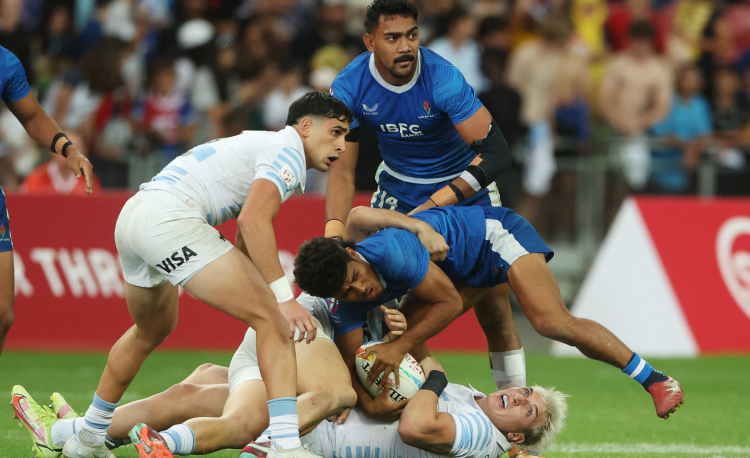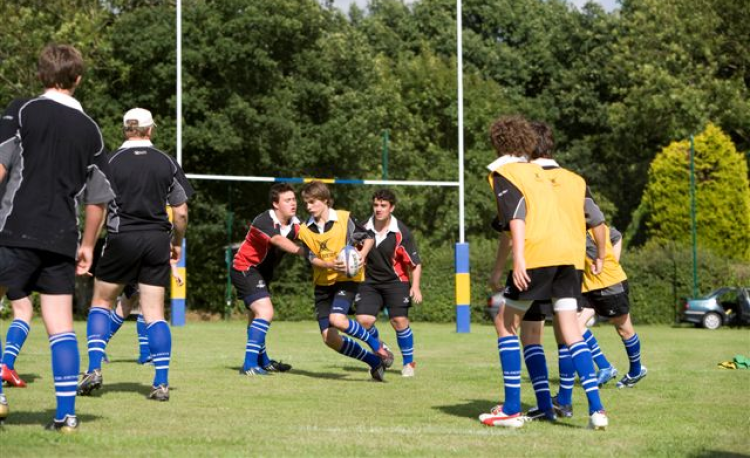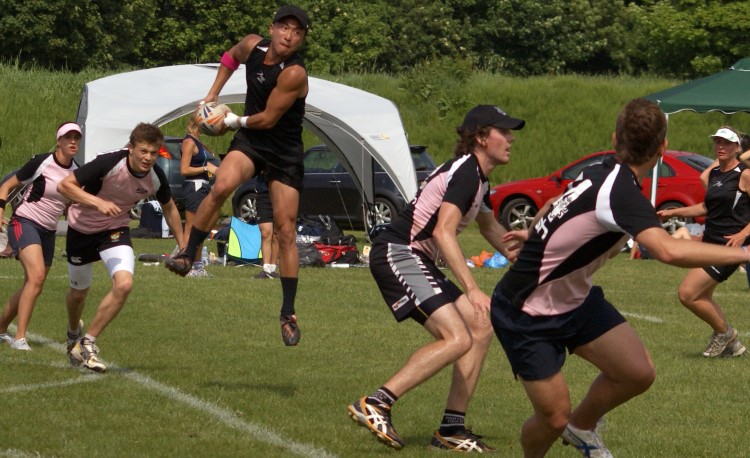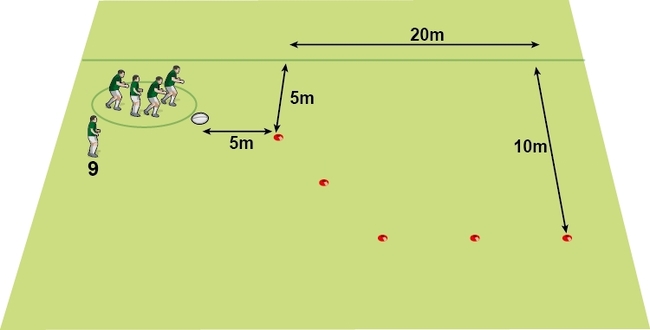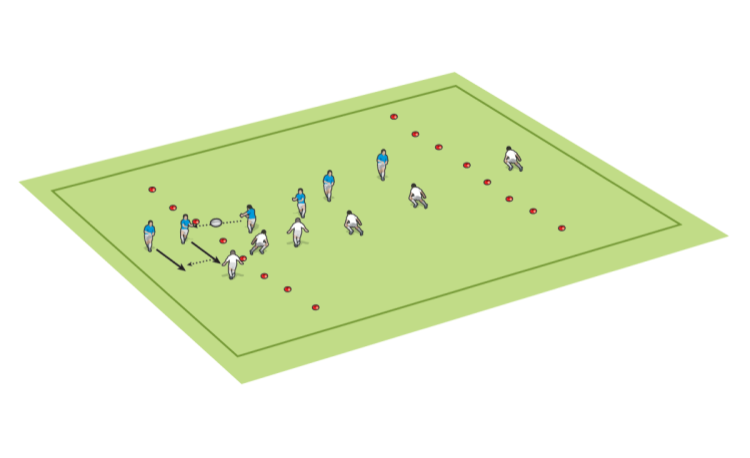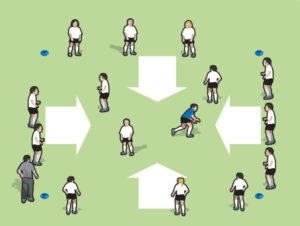TAG rugby tactics that actually make sense
TAG rugby is aimed at younger players who are new to the game. For that reason, there’s no point in teaching tactics...or is there? Here are some ways to make the game more inclusive with a couple of tactical nudges.
TAG and tactics are not something that should go together. The main aim of playing TAG is to give many players a chance to run, evade, and sometimes even pass! Above all, it is about movement, engagement and fun.
Tactics are how you organise yourself or your team organises themselves to beat an opponent. For example, in tennis, you might hit the ball to an opponent’s backhand because you know that it is weak.
In rugby, you might kick out of your own half because you want to reduce the risk of losing the ball in dangerous areas.
Therefore, in TAG rugby, we want to pose some tactical questions but not make them onerous or vital.
Onerous: a player feels under pressure to perform in a certain way.
Vital: the player or the team cannot function without the tactic.
Here are three tactics you can use which give your players more ball time without feeling under pressure from the tactic.
Attack the third defender
From a free pass, which goes to a static attacker, give that attacker a target.
Don’t tell them to run to space. That’s a tough concept for a young player to picture when facing a wall of defenders.
Instead, tell them to run AT the third defender along in the line. So, that’s not the defender in front of them, or the defender next to that defender, but the next one in the line.
As they reach them, they should aim to BEAT them with some footwork. This is something you will be doing in your training anyway. So, here’s a good chance for them to try it out.
The rest of the team will know where the free pass attacker is going and will be able to support them.
2. Only pass to your close family
There’s an old French support system called the family of the ball. You can find out more about it here.
For TAG rugby, the players who are only one short pass away from the ball carrier are close family, so brothers and sisters.
You can tell the players that if they get tagged they should only pass to a brother or sister.
This may reduce the number of times a player turns and passes to a friend rather than a player who is in support.
You can praise players who are good “close” family players, even if they don’t receive the ball that often.
3. Fill the field
Designate two players as the touchline terrors. Every time there is a free pass, one stands on one touchline and the other far touchline.
Not only does it give the illusion of width, it also creates some exciting outcomes.
First, it reduces the congestion around the free pass.
Second, since a ball carrier tends to run to the edges, it gives an immediate support player.
Third, the ball carrier has a sense of the edges of the pitch because they have a touchline terror guarding it, albeit in attack!
Swap the touchline terrors every couple of minutes.
Thank you for reading
to enjoy 3 free articles,
our weekly newsletter, and a free coaching e-book
Or if you are already a subscriber, login for full access
Newsletter Sign Up
Coaches Testimonials

Gerald Kearney, Downtown Las Vegas Soccer Club

Paul Butler, Florida, USA

Rick Shields, Springboro, USA

Tony Green, Pierrefonds Titans, Quebec, Canada
Subscribe Today
Be a more effective, more successful rugby coach
In a recent survey 89% of subscribers said Rugby Coach Weekly makes them more confident, 91% said Rugby Coach Weekly makes them a more effective coach and 93% said Rugby Coach Weekly makes them more inspired.
Get Weekly Inspiration
All the latest techniques and approaches
Rugby Coach Weekly offers proven and easy to use rugby drills, coaching sessions, practice plans, small-sided games, warm-ups, training tips and advice.
We've been at the cutting edge of rugby coaching since we launched in 2005, creating resources for the grassroots youth coach, following best practice from around the world and insights from the professional game.




